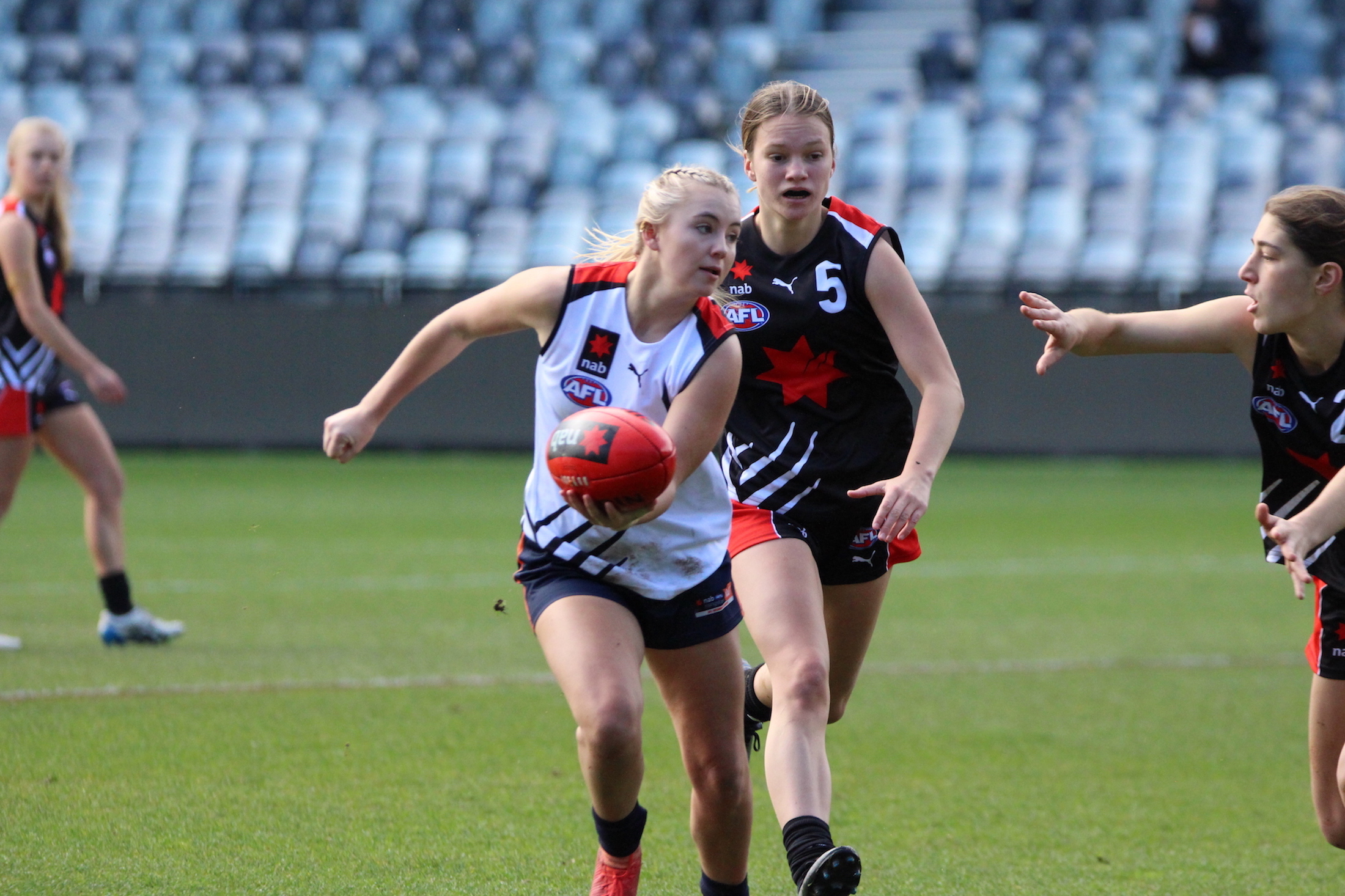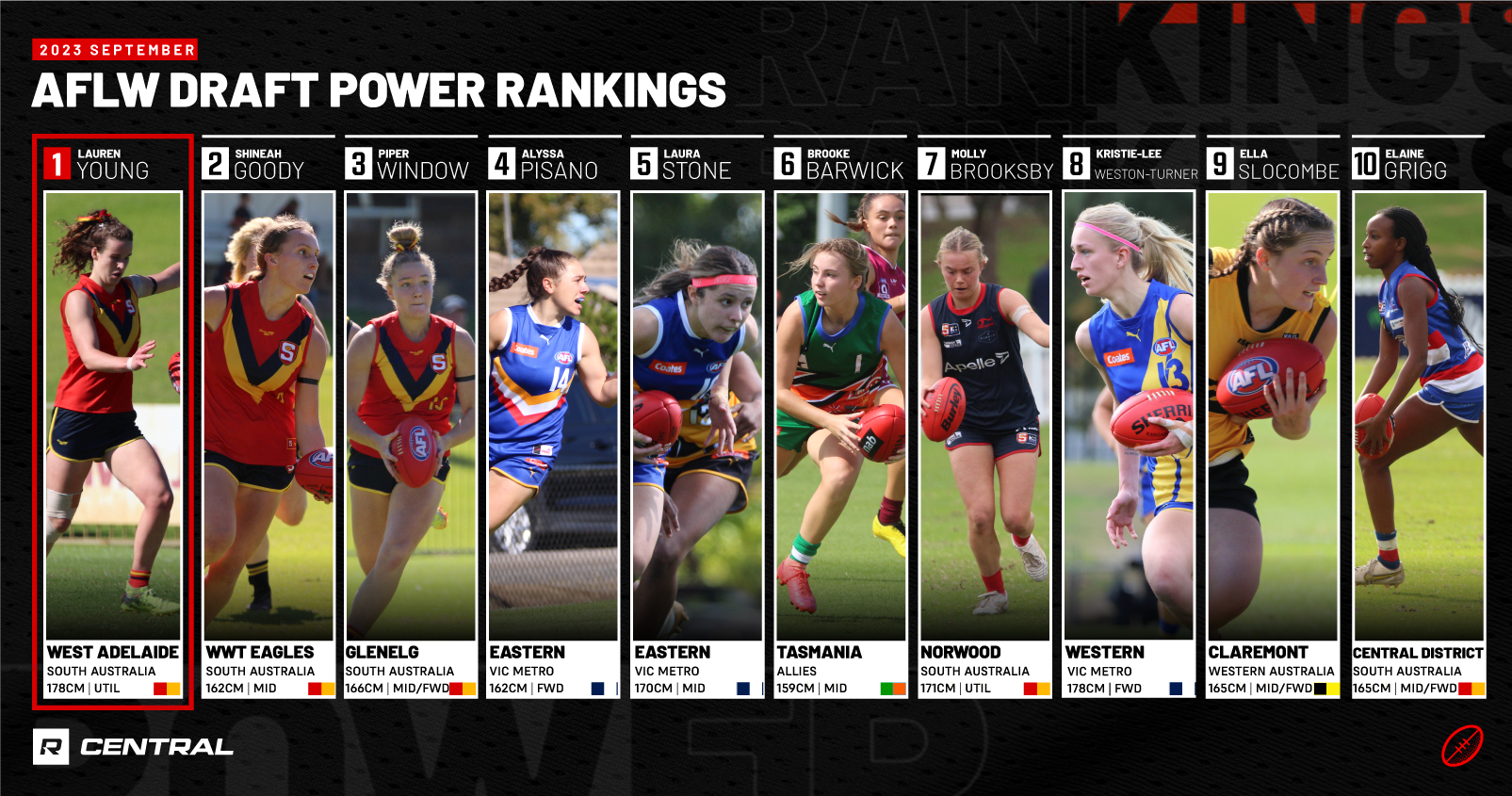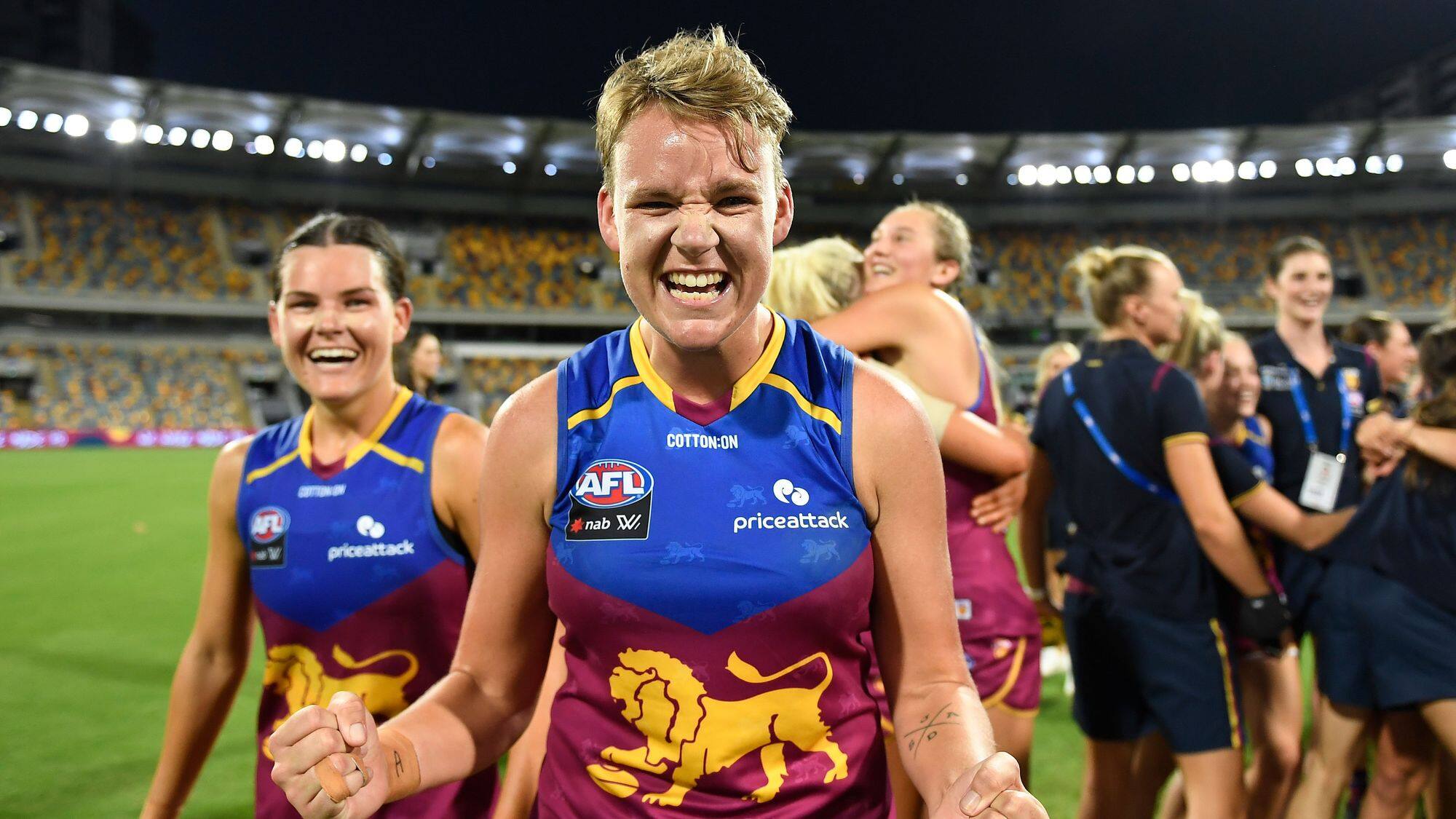AFLW Draft Power Rankings Q&A | June 2023

MONDAY night marked the return of the AFL Women’s Draft Power Rankings, an exercise that will match that of their male counterparts each month. Following the release of the Power Rankings, we put a call-out to answer any questions readers had about the Power Rankings themselves, or the players inside and out of them. This article will aim to answer those questions.
>> 2023 RM Central AFLW Draft Power Rankings: June 2023
POWER RANKINGS SPECIFIC QUESTIONS
Can you clarify what the Power Rankings actually mean?
This is the most common question we get in regards to Power Rankings, as it is often confused with other draft-related exercises such as Phantom Drafts. While Phantom Drafts are designed to predict what clubs will do in terms of their selection order, Power Rankings are focused purely on the talent out there.
The main goal of Power Rankings is to effectively rank the players on ability and upside and suggest where they are roughly ranked within a national setting. While at this stage, the AFL Women’s Draft is still a state-based event, the Power Rankings allow players and fans to see where they might sit if it was a national draft.
How accurate are the Power Rankings?
While with any opinion-based exercise it is not an exact science, last year’s final Power Rankings – which were a month out from the 2022 AFLW Draft in June – saw 37 of the 40 players named, drafted. In both the men’s and women’s competitions, Rookie Me Central consistently records 90 per cent accuracy and above with its success rate.
How do you formulate the Power Rankings?
It is by no means an easy task, particularly early in the year prior to the AFL Women’s Under 18 Championships. Watching the Coates Talent League as well as the SANFL Women’s, WAFL Women’s and QAFL Women’s in particular, creates a shortlist of talent from those competitions who might be in the running to get drafted. From there, it is trying to compare form across the different leagues, but also looking primarily at draftability – traits and upside – which will be held in the highest regard.
How much will the Power Rankings move from month-to-month?
It’s a great question and to be honest, falls in the same category as ‘how long is a piece of string?’ Ultimately, we don’t know. It could well be minimal, or there could be quite a few. Often there might be minor movements of a player rising up and therefore other players – who might not have done anything wrong – just have to make way by a spot or two for those players. Usually after the championships is where the greatest movement happens.
Will there be more players added to the Power Rankings each month?
Absolutely. Next month’s edition – set for July 3 – will feature 25 players, before moving up to 30 in August. Eventually, depending on the amount of selections set to be taken in the AFLW Draft, the final Power Rankings will feature either 40 or 50 players.
What is the most important trait in creating the Power Rankings?
It is different for everyone, and everything is put on a relative scale with other traits, but being clean at ground level and in the air is quite important. The top 10 players are all clean players below their knees and also strong overhead. Aspects such as ball use, decision making, versatility and perceived upside are also important.
PLAYER SPECIFIC QUESTIONS
How difficult was it to judge where to rank those players with long-term injuries, such as Brooke Barwick?
It is always tricky to slot a player in when you know they cannot show anything in their top-age draft year. Barwick is one who was earmarked for Top 5 at the end of last season, and the standout Tasmanian. Therefore in the initial Power Rankings, it is always a question of how many players have earned a spot ahead of her.
It will be the same question ongoing, with the likelihood some might overtake due to performances at the championships, but based on her form last year, someone like a Barwick is never going to fall far as she has top-end quality.
What about Chantal Mason?
The Geelong Falcons forward has enjoyed a rich vein of form in the last three weeks, booting 15.7 in that time. Undoubtedly on a hot streak, what makes it tricky is weighing up those performances compared to others who might be facing stiffer opposition. The real test will be when the Falcons return in Round 11 against Tasmania down on the Apple Isle, before taking on Eastern Ranges.
With the amount of inside 50s Geelong has had over the three weeks, it allows plenty of players to hit the scoreboard. Mason has been a clinical finisher in that time, but for specific feedback, being a touch cleaner – especially against better sides – will be a way to further improve.
Where are the two top-agers averaging 25-plus disposals per game in Chloe Adams and Kayley Kavanagh?
No doubt the biggest question when it comes to players who miss out on the Power Rankings, are related to those high-production players. Both Adams and Kavanagh are enjoying incredibly consistent seasons and doing their draft chances no harm.
In terms of the Geelong skipper, Adams is one who had it gone out to 25 players, likely would have squeezed in. She is one of those players that just is very good at a lot of things without having a standout trait. One aspect I wanted to see was impacting more offensively as she is such an outstanding defensive player, which she did on the weekend. She is right on the cusp.
As for Kavanagh, you cannot fault much she has done this year, and she is as consistent as they come. For the Calder Cannons talent, it is more about being more damaging with her disposals outside the contest. She is clean on the inside and works hard, but can go to another level with her offensive output, as she is a safe and reliable user, but could be a lot more damaging forward of centre. Still a very consistent player and is around that mid-draft stage.
There is only one ruck inside the Top 20, is there a reason for that?
Clubs keep pre-listing them! Both Matilda Scholz (Port Adelaide) and Darcie Davies (Gold Coast) would have been in the Power Rankings, with Scholz likely in the Top 5, and Davies either side of the Top 10. As it stands, West Australian Georgie Cleaver is the top ruck prospect, though even she is likely to be a key forward and second ruck at the top level.
The next highest ruck on the board is Eastern Ranges’ Jess Vukic, who, like Cleaver is likely to be more of a forward at the top level given she is slightly undersized for a ruck. Clubs might also look at mature-age rucks and South Fremantle’s Ariana Hetherington and North Adelaide’s Isabelle Starmer are two I would recommend.
Did any mature-agers come close to cracking the Top 20?
Actually, yes. Two came very close to squeezing in, namely South Fremantle’s Charli Wicksteed and Central District’s Caitlin Wendland. Both are very much improved players this season, thriving on predominantly midfield roles. Wicksteed has outstanding athletic traits and is very dangerous forward of centre, while Wendland has a potent left boot and can play both midfield and forward.
Which players are on your watchlist to potentially be in the next edition?
As previously mentioned, Adams is one who is right on the cusp, while GWV Rebels’ Lily Jordan and Calder Cannons’ Sarah Grunden are right there as well. From outside Victoria, Josie McCabe is one who is right on the cusp and has a big national carnival coming up with Queensland, while one out of the box is GWS GIANTS Academy’s Cleo Buttifant who has other sporting commitments so has not had as much exposure as some, but is an intriguing talent who has the potential for enormous upside.





















